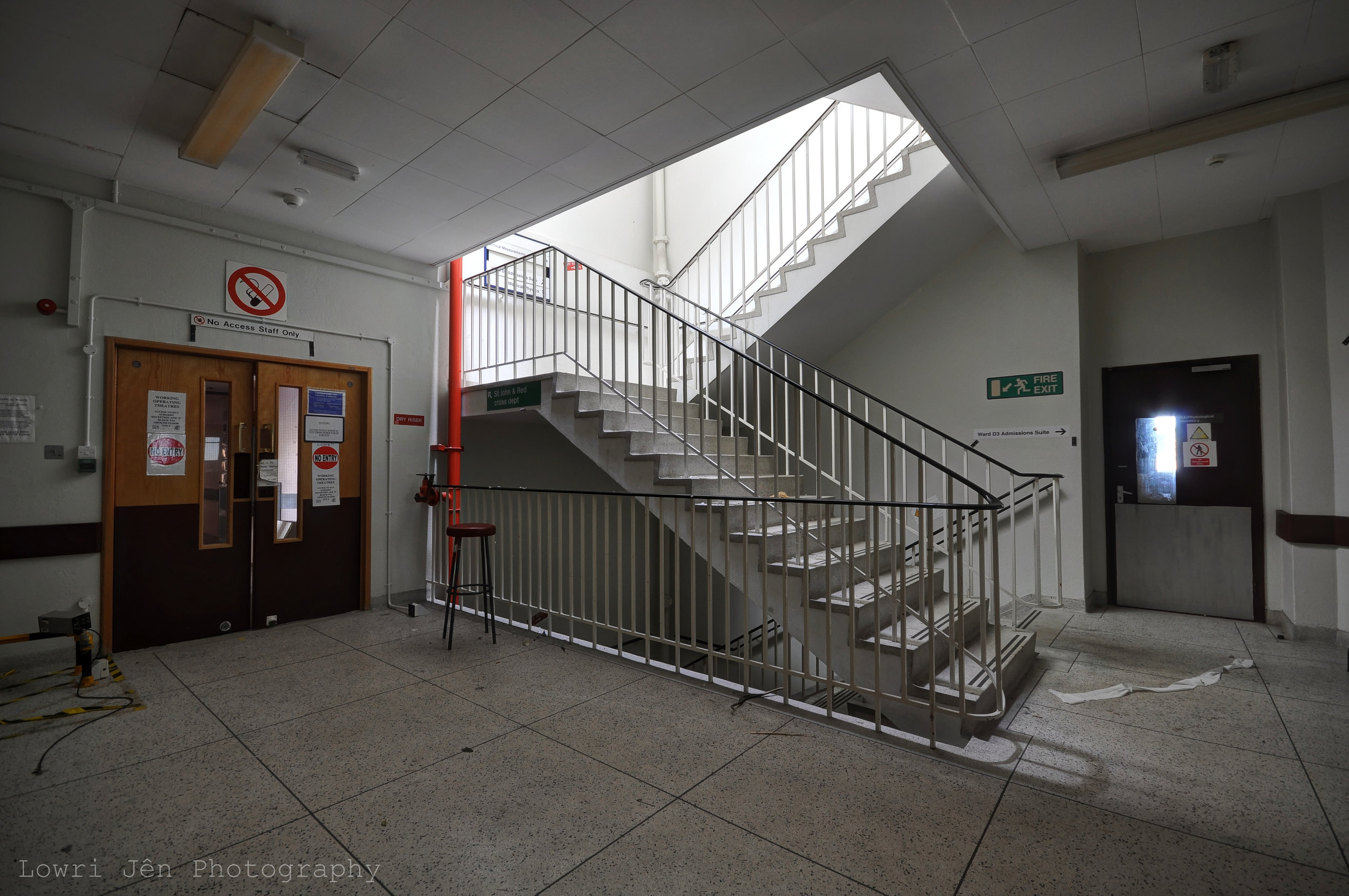






















































The Royal Hospital Haslar was designed by Theodore Jacobsen and built between 1746 and 1761. The site opened as a Royal Naval Hospital in 1753. It had a very long and distinguished history in the medical care of service personnel both in peacetime and in war since that time, treating many tens of thousands of patients.
Haslar was the biggest hospital – and the largest brick building – in England when it was constructed. Patients usually arrived by boat (it was not until 1795 that a bridge was built over Haslar Creek, providing a direct link to Gosport). The high brick walls and railings surrounding the site were designed to stop patients from going absent without leave.
Dr James Lind (1716–1794), a leading physician at Haslar from 1758 till 1785, played a major part in discovering a cure for scurvy, not least through his pioneering use of a double blind methodology with Vitamin C supplements (limes). The hospital included an asylum for sailors with psychiatric disorders, and an early superintending psychiatrist was the phrenologist, Dr James Scott (1785–1859), a member of the influential Edinburgh Phrenological Society.
In 1902 the hospital became known as the Royal Naval Hospital Haslar (abbreviated to RNH Haslar).
In the 1940s, RNH Haslar set up the country's first blood bank to treat wounded soldiers from the Second World War.
In 1996 the hospital again became known as the Royal Hospital Haslar.
In 2001, the provision of acute healthcare within Royal Hospital Haslar was transferred from the Defence Secondary Care Agency to the NHS Trust. The Royal Hospital was the last MOD-owned acute hospital in the UK. The decision to end the provision of bespoke hospital care for Service personnel was taken prior to the UK's expeditionary campaigns in Iraq and Afghanistan, but was nevertheless followed through, largely on the grounds of cost. The change from military control to the NHS, and the complete closure of the hospital have remained the subject of considerable local controversy.
The hospital formally closed in 2009 and the site is being redeveloped.